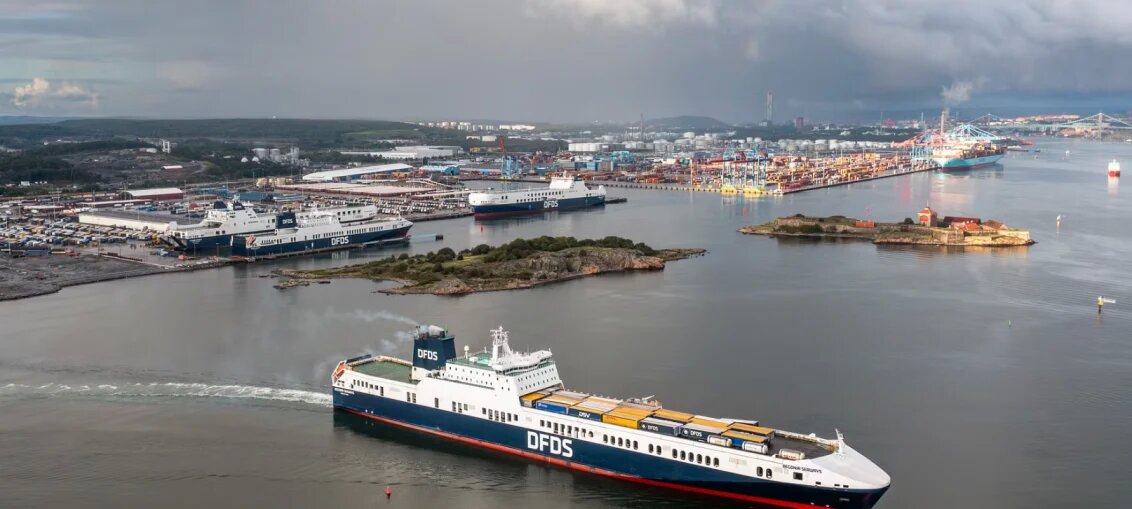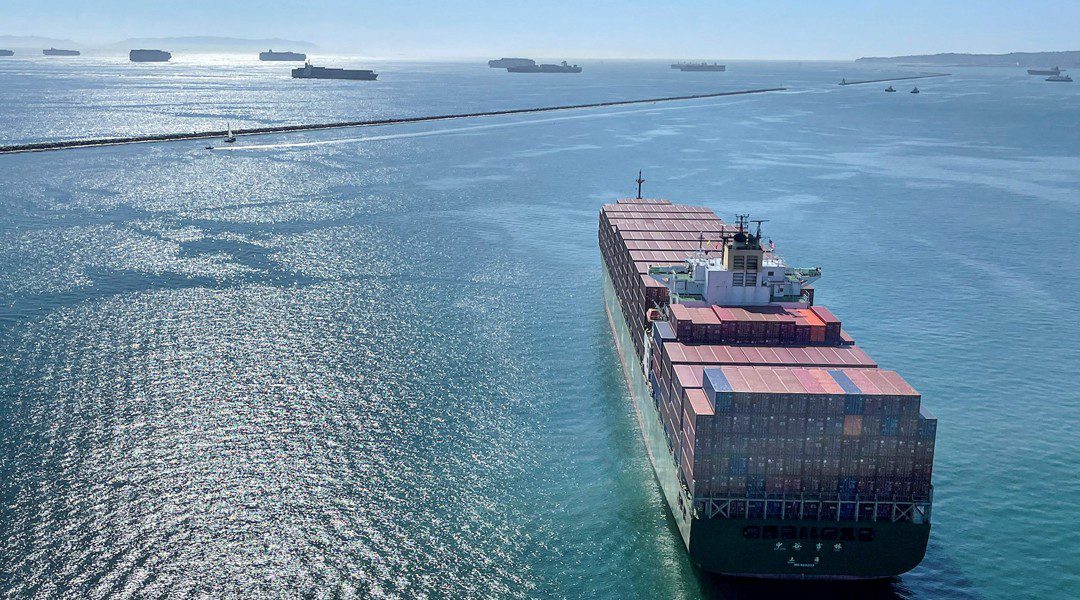When one thinks of the sea, the most vivid images that come to mind are beach tourism, cruise ships, fishing boats returning to port at sunset. The sea is much more than this; it is essentially an enormous natural infrastructure that concerns the majority of the world economy.
One single fact: over 90% of international trade occurs by ship.
It is for this reason that discussing maritime policy means addressing a theme intertwined with transport, economy, security, energy, and environment.
To truly understand how this complex machine works, we usually use a simple and effective analogy: that with the world of information technology.
“Hardware” and “software” are essential because, like a computer, maritime policy needs both functional physical infrastructure and operating systems capable of making it function at its best.
Two separate but correlated and dependent elements that cannot be separated, and without which no route can be charted.
The hardware
The hardware is what you see, what derives from concrete and substantial investments. It is the physical structure from which the maritime system operates.
Ports are our main hardware. They represent the heart of logistics. Expansions, seabed dredging, connections with railways and highways are not technical details, but vital conditions for fast and competitive exchanges.
Ships represent the mobile infrastructure on which we transport goods and people. The merchant fleet is continuously evolving. Today it is safer, more technical, and, above all, less polluting.
Other examples of hardware are shipbuilding, a historic sector in our country that must adapt to keep pace with the times; offshore energy, with floating wind farms, gas and oil platforms, hybrid systems for generating energy at sea; and security, with reference to the Coast Guard’s assets, high-tech surveillance systems, underwater drones, and digital technologies to monitor routes.
The software
Clearly, no infrastructure, however updated, functions autonomously. To be effective it requires clear rules, coordination, and trained personnel. It is the invisible but fundamental aspect, the “software” of maritime policy.
The themes connected to this aspect are those of a simplified bureaucracy in ports and unified legislation governing security and sustainability.
Digitalization is also a qualifying element for verifying the efficiency, effectiveness, and cost-effectiveness of port activities for the purpose of optimizing supply chains (“smart” ports, digital customs processes, satellites to monitor flows and optimize routes).
And what about training, without which it would not be possible today to develop new professional skills and exploit future employment opportunities?
Finally, European coordination activities (the ways in which the EU supports an integrated maritime policy) and, above all, environmental policies also deserve a separate mention, because the fight against climate change also involves the sea. The decarbonization of transport and the protection of marine ecology are not a choice, but an obligation.
Why hardware and software must travel together
If we were to summarize what was explained a little earlier, we could say that an ultramodern port is of little use if ships remain stationary for days while a long and complex process takes place. An equally ambitious decarbonization law is still simply a dead letter in a world where there are no ships and infrastructure to honor it.
Hardware without software is therefore inefficient. And software is ineffective without suitable hardware to guarantee its functionality. A concrete example? The ecological transition and maritime transport. On the hardware front, new hybrid, electric, or hydrogen-powered ships, and ports with charging and refueling systems, are indispensable. And for the software, there must be international standards for setting emission reductions, for incentivizing companies to invest, and for international coordination to mitigate competitive imbalances.
Looking at the sea, a distinction between hardware and software therefore helps us understand that the future should not consist only of what is visible but of intelligible rules, proactive strategies, and human capital.
This is how maritime policy becomes an engine of sustained growth and security, and without these two elements together, it will never flourish. In other words: to navigate the future of the sea, it is not only necessary to have a modern ship; the right course is needed.
Ports, ships, and technologies on one hand, regulations and innovation on the other: only in conjunction with infrastructures that are coordinated and not isolated will Italy have the capacity to shape its maritime policy for the future.




